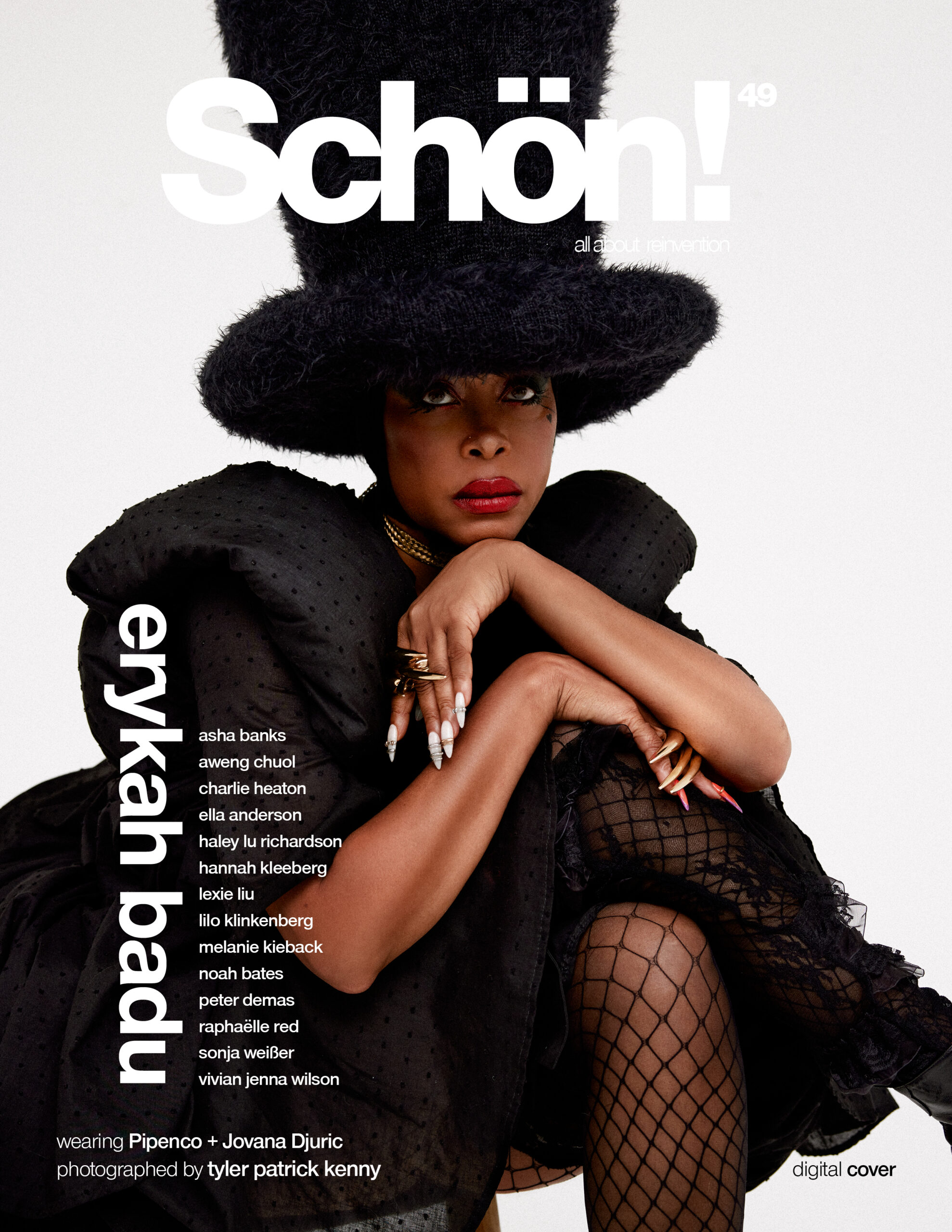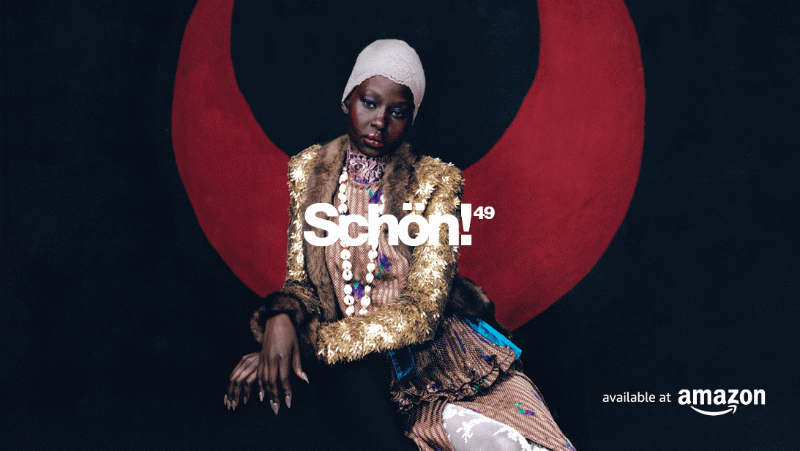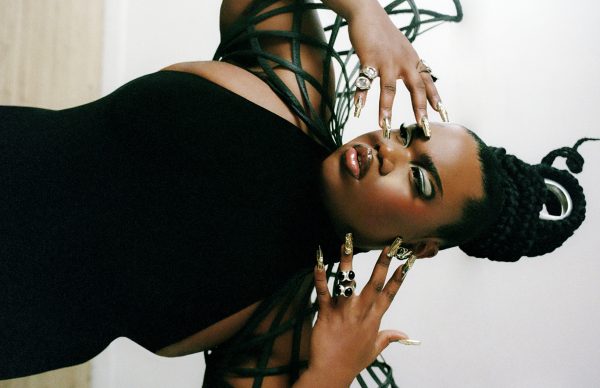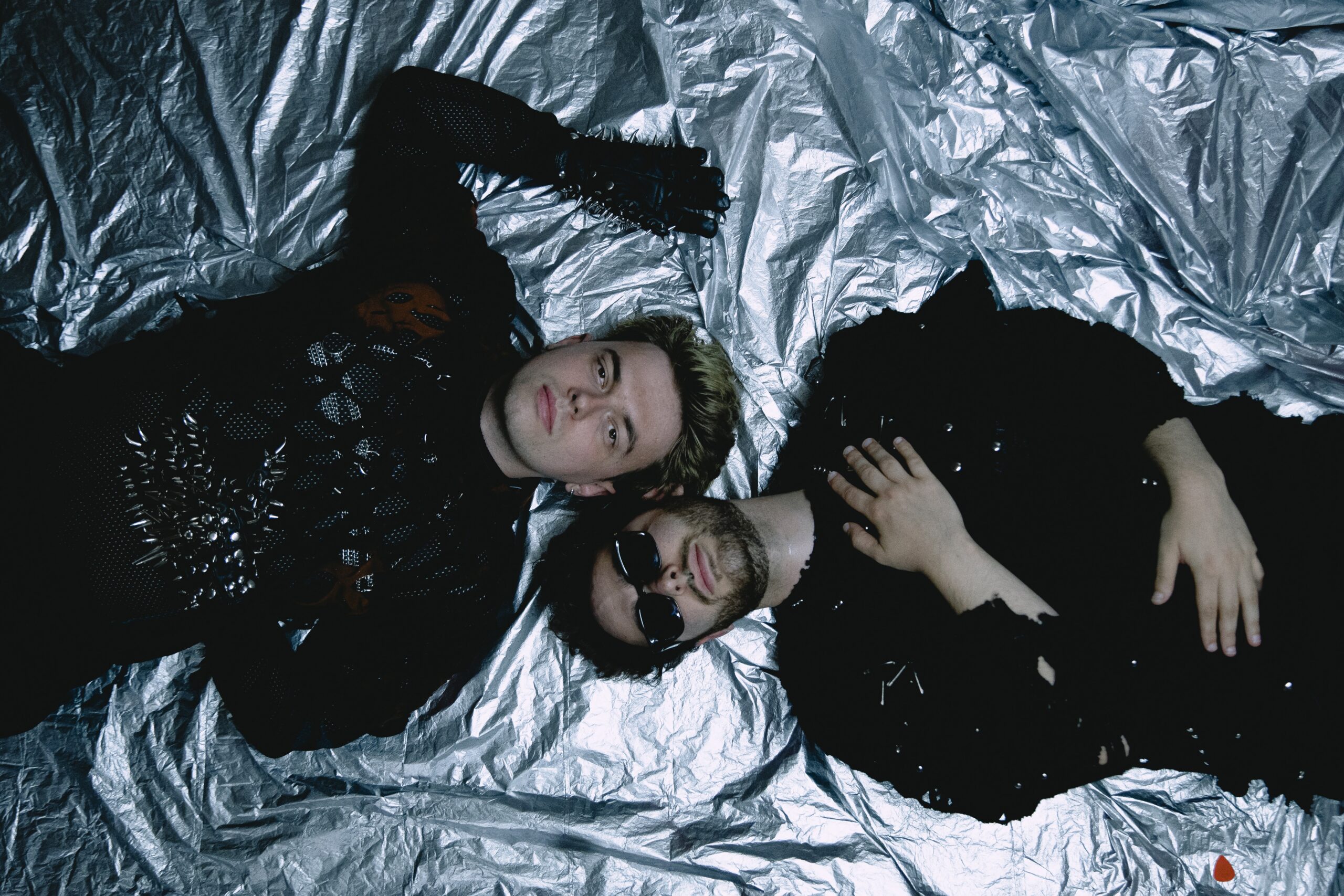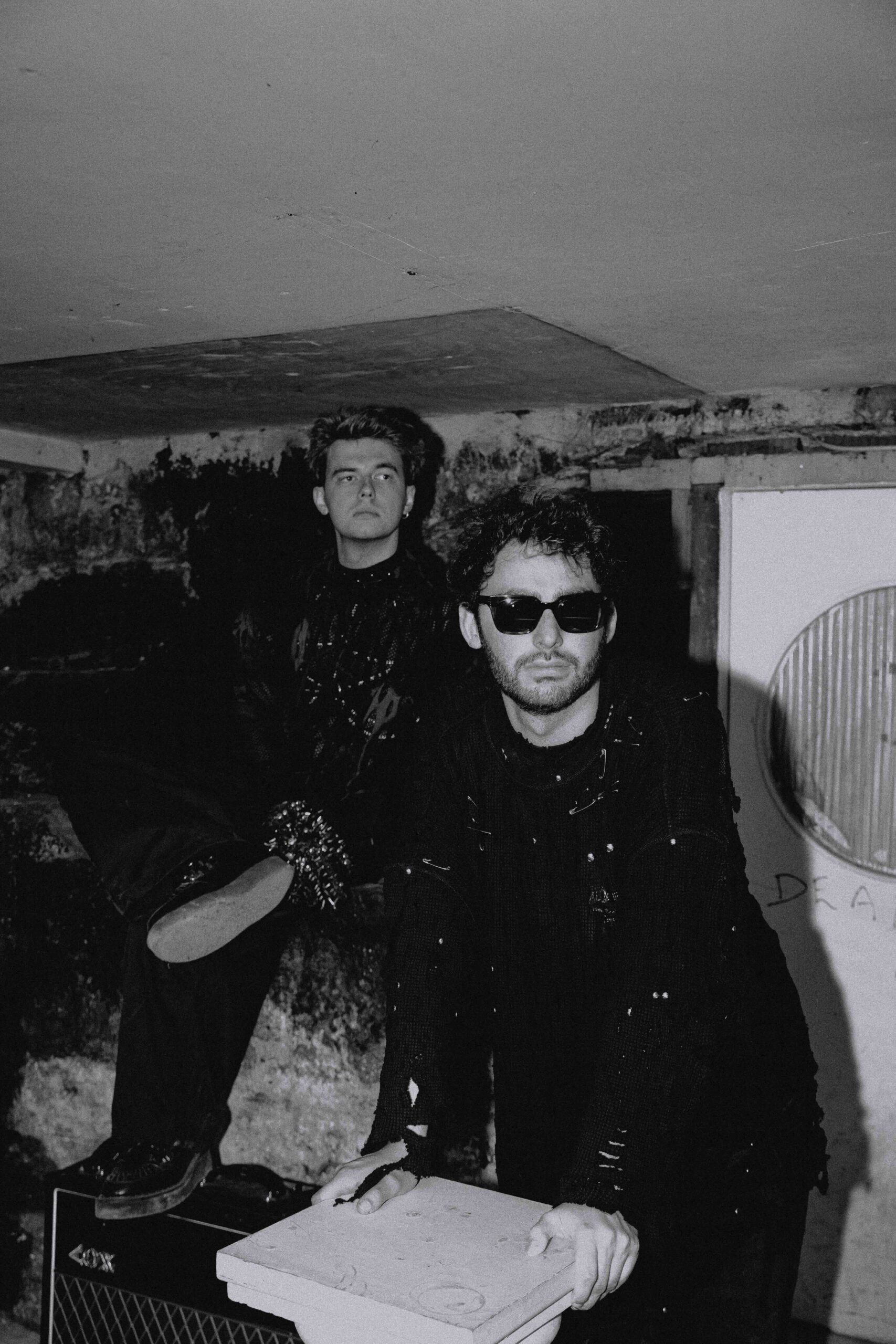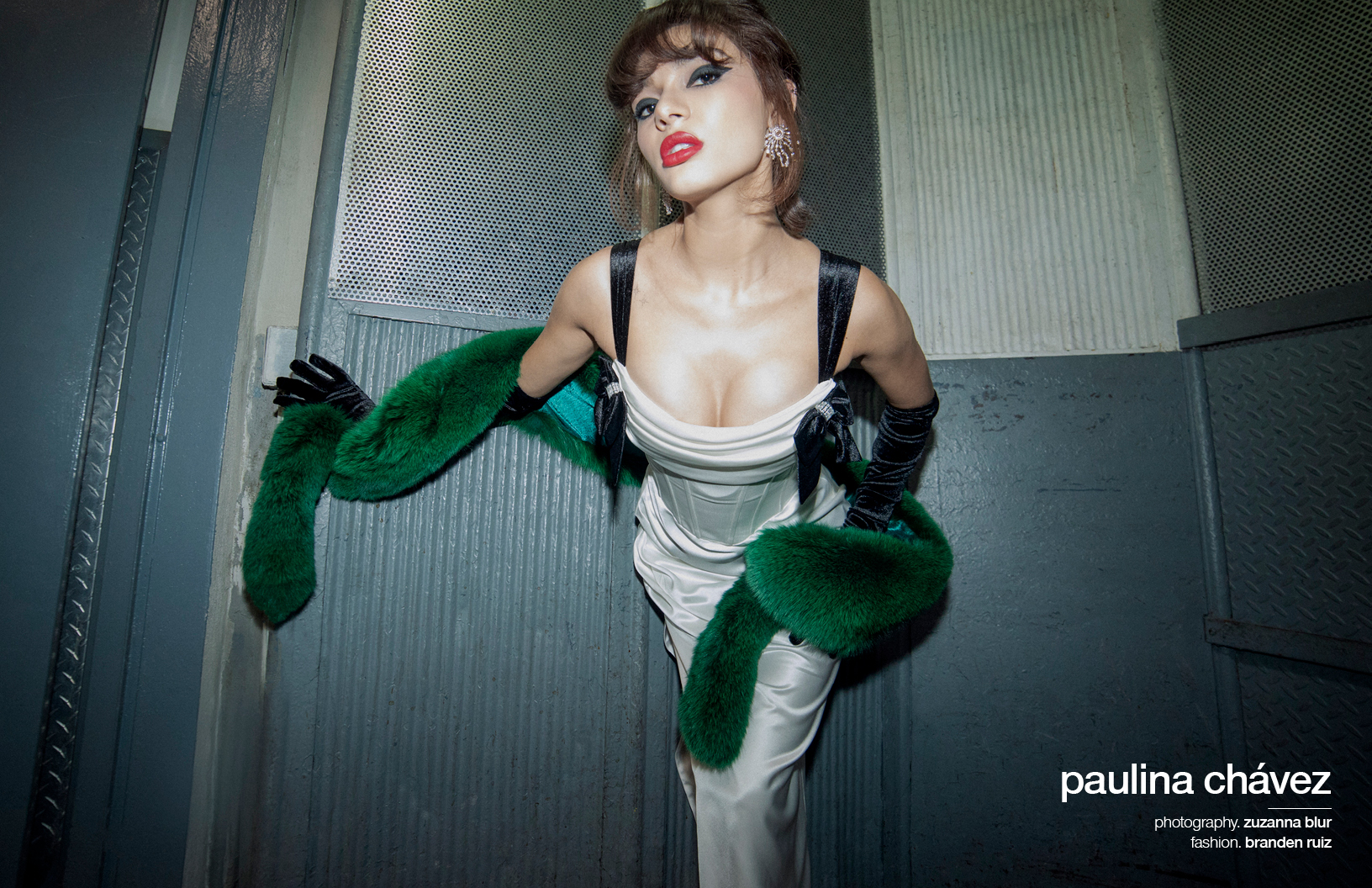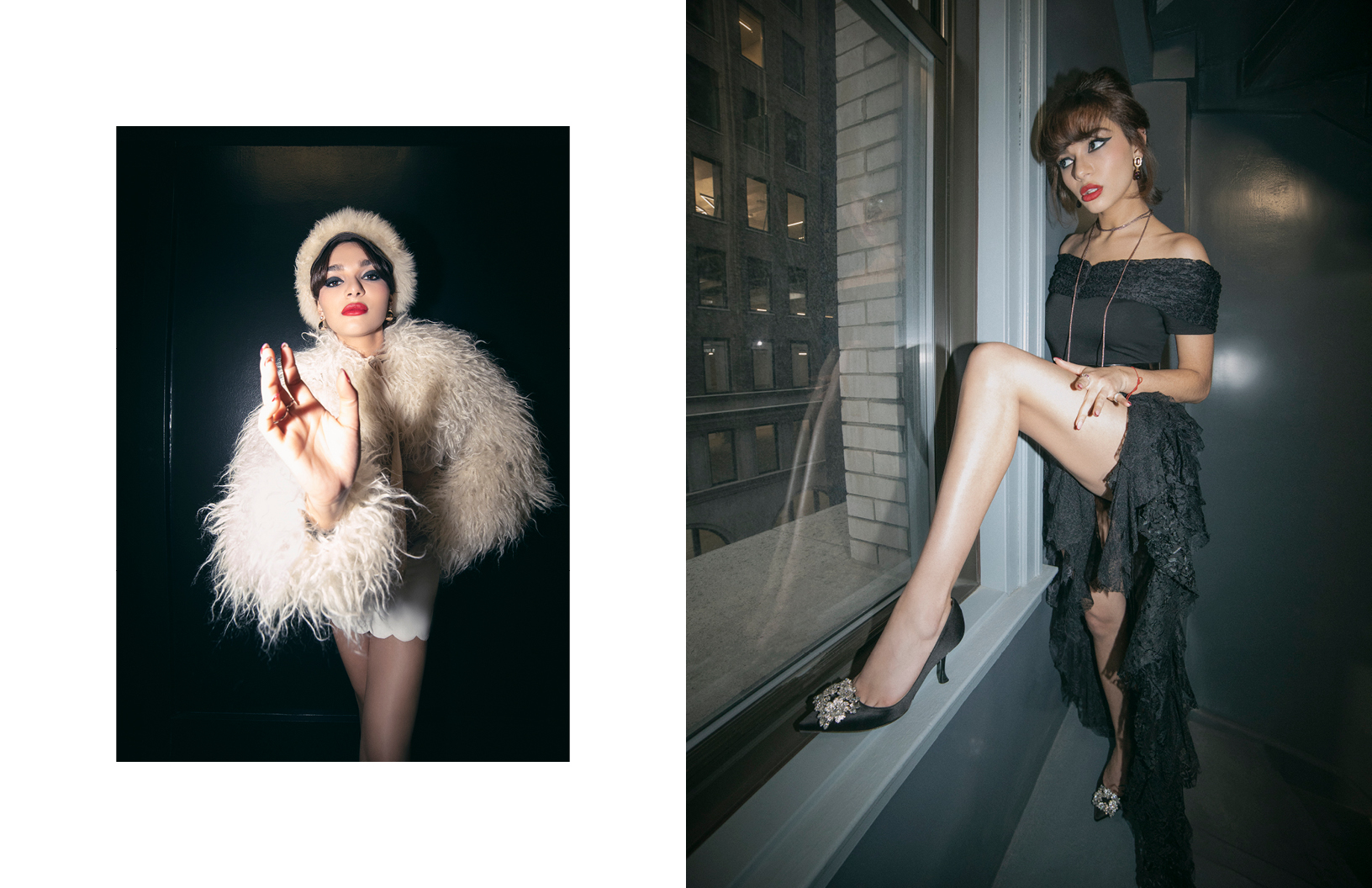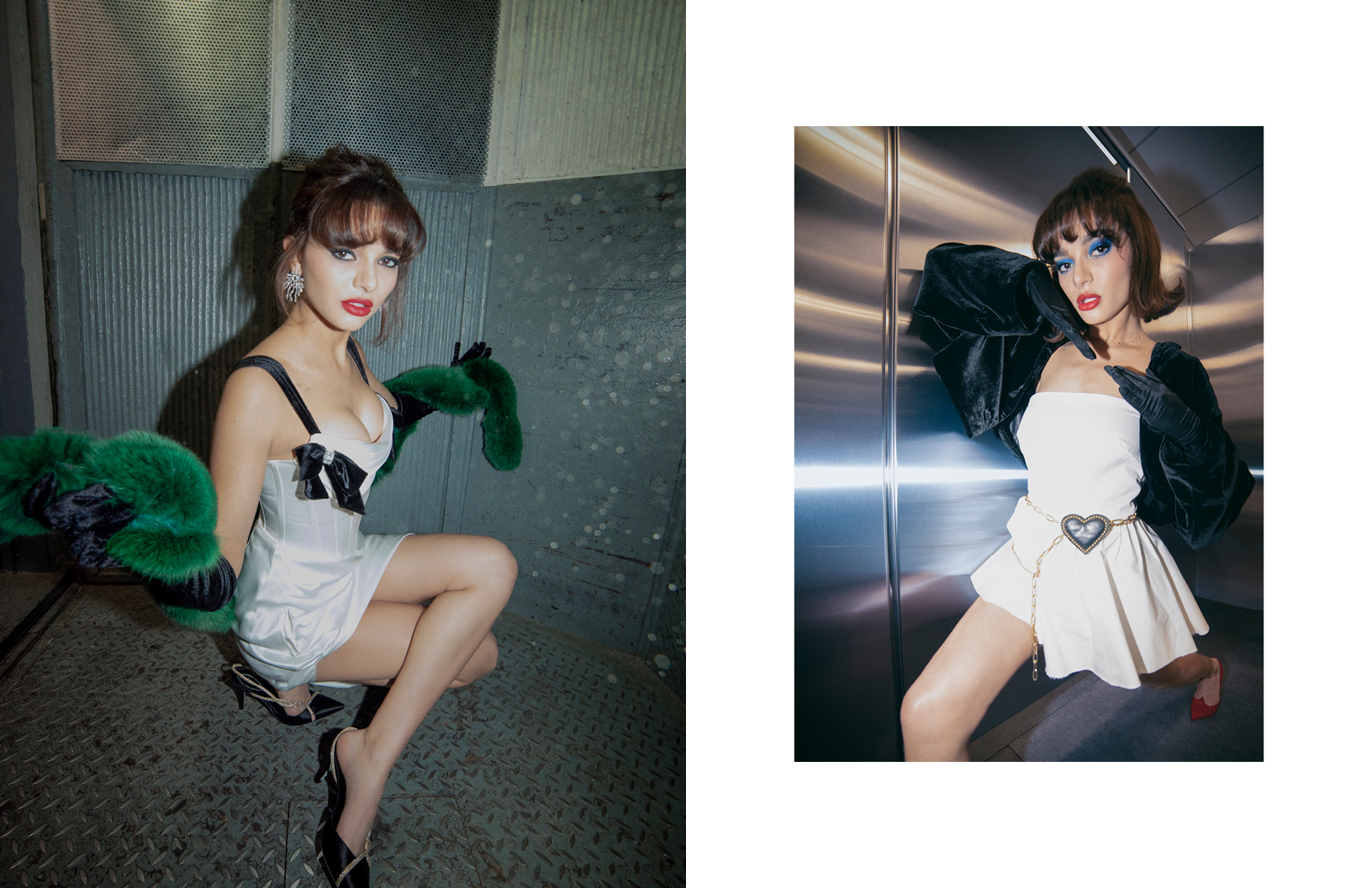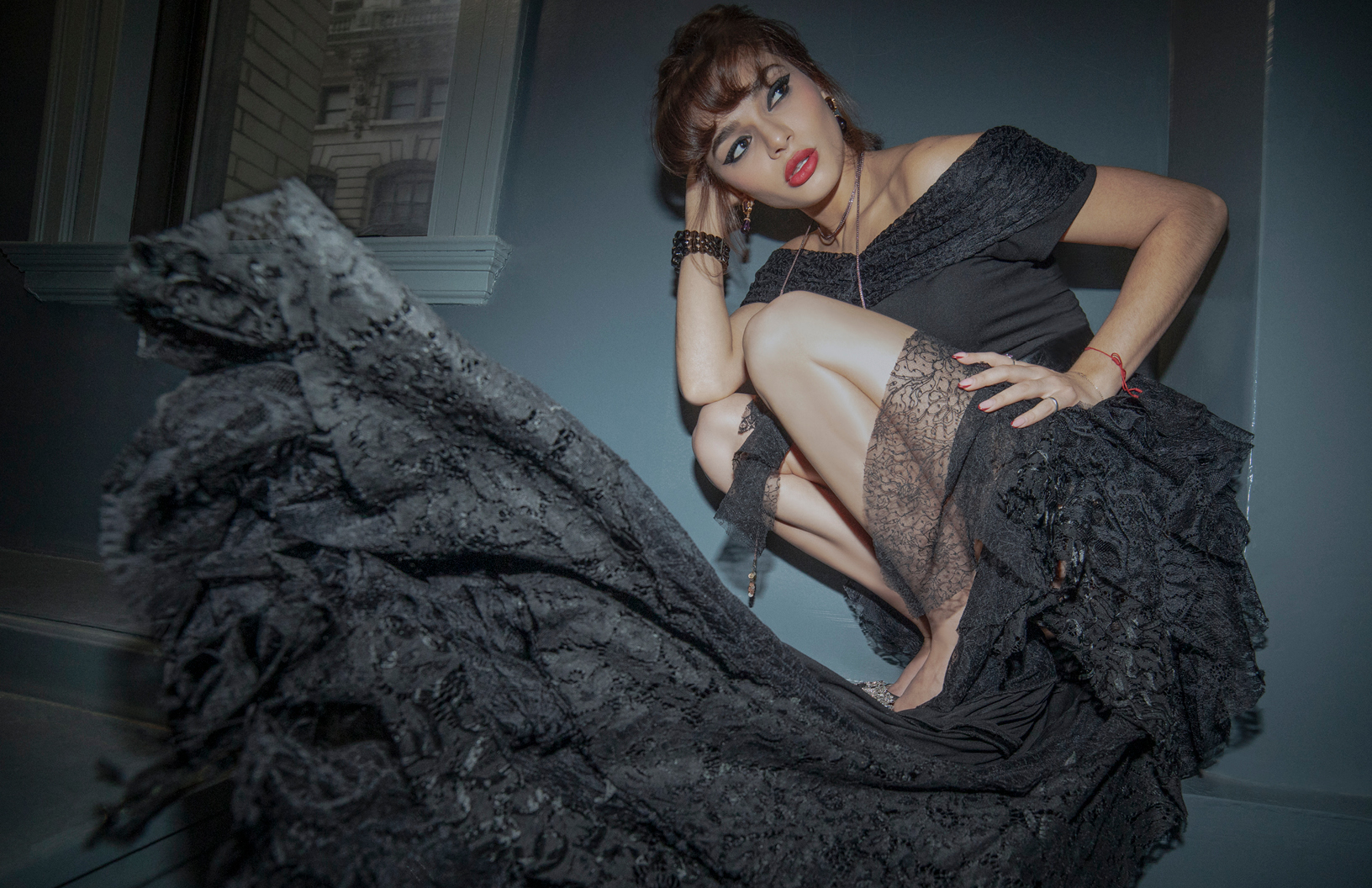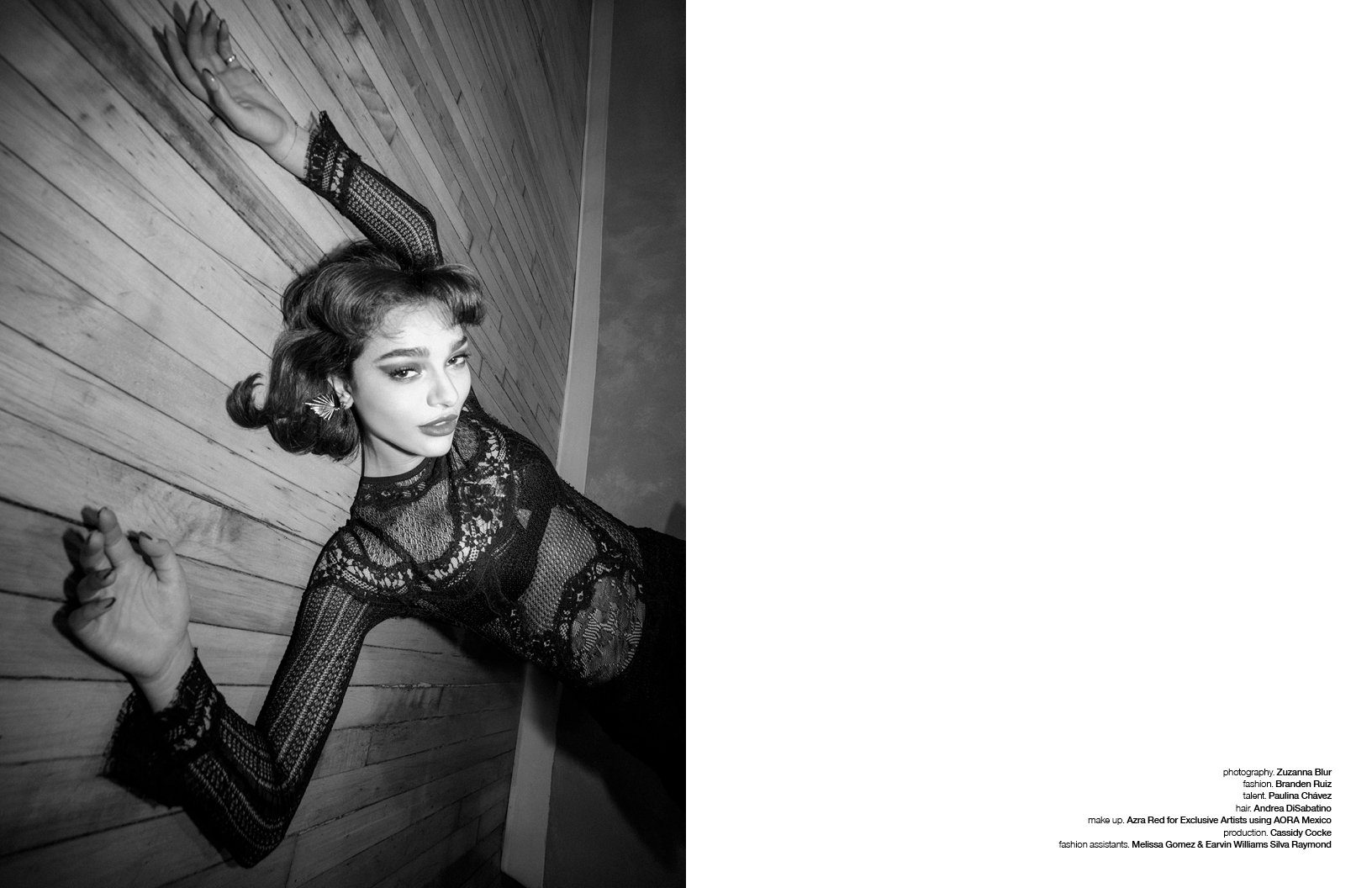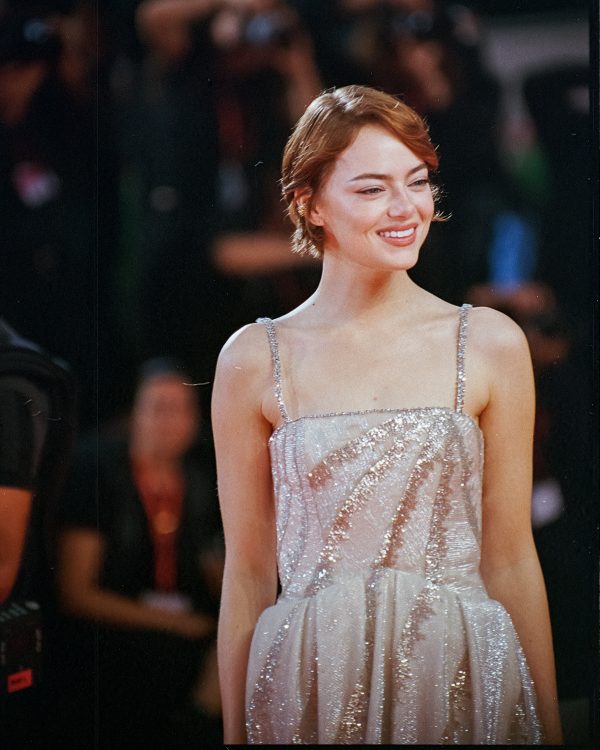We may see androgyny and gender fluidity in the fashion world where male models wear feminine trends and female models dress up in suits, but in the sports world, gender keeps its rigid standards. These past months, the men in Argentina’s historical football team Boca Juniors have been mocked at and threatened by some fans because they don’t look masculine enough in their new sports attire, which happens to be pink. Is this exaggerated reaction a Latin American trend?
This Sunday, the players of Boca Juniors wore pink T-shirts in the field for the first time. Ever since it was announced in October that the second T-shirt of the team for the football season would be pink, complaints from fans and negative attention from media has accumulated. Comments on Facebook and twitter mocking the virility of the team, calling it “Barbie Juniors” and “Loca Juniors” also prevailed (loca stands for crazy woman in Spanish). Even Diego Maradona who started off playing for Boca juniors declared in sports newspaper Olé (my translation): “I am against the pink t-shirt. I am sick. How are they going to put a pink t-shirt on us?” The official jersey has the logo of French bank BBVA Francés and is from Nike. Boca Juniors gets 34 million dollars from these sponsors under a four-year contract.
Sure, there is a chance that fans and followers are stubborn and don’t like changes, but it is important to consider the machismo and underlying homophobia linked to this controversy. Predominately in Latin American countries, the word macho conveys the image of a manly, tough and assertive male figure with an overly exaggerated masculinity. He is strong and well-built, can provide economically for others, does not display his feelings except for anger, and in Argentina, at least in the football field, the macho does not wear pink. Although in the fashion world, figures such as Jean Paul Gautier have introduced fluid ideas of gender evidenced most notably by his frequent use of skirts in menswear (“What is masculine and feminine anyway?” he has said) in the world of sports, male players are expected to live up to ideals masculinity. Recently, in the New York Times, Frank Bruni wrote about his discussion with Chris Kilmartin, author of The Masculine Self.
“We start boys off at a very early age,” Kilmartin told me during a recent phone conversation. “When the worst thing we say to a boy in sports is that he throws ‘like a girl,’ we teach boys to disrespect the feminine and disrespect women.”
Also, while girls are conditioned to wear pink and predominately lighter colours as children, boys are conditioned to avoid the colour pink because it is a “girl” colour. Specifically in the realm of sports, this translates to a rejection of the colour pink, given that football players are expected to represent virility and masculinity, but using a feminine colour would contradict such performance.
Last month, the complaints against the t-shirt turned to threats. On a wall inside the club where the players train, anonymous team followers left a graffiti message that said (my translation) “Leaders, if we wear the pink one, there is no game. Boca is blue and yellow.”
Although Argentina is a country with a female president, approved gay marriage and transgender rights legislations, controversies of this sort point out how it remains patriarchal and ruled under the logic of masculinity. In this sense, its progressive laws don’t always match the social structures of the country. I grew up in Buenos Aires where argentine men are conditioned socially by the implicit laws of machismo. In this context, men are expected to thrive in masculinity while female bodies are hyper-sexualised and objectified at the expense of keeping up with the rigid gender binary. But, times are changing and the new generations, exposed to diverse trends through technology and media are rejecting these stereotypes. Despite the mocks and threats to Boca Juniors players, the new t-shirt was a success and even sold out. Marcelo London, club president, who spoke in the Planeta Boca Juniors Radio show last month, declared:
“We are going to play with the pink t-shirt. It was really a sales success and we hope the club members also buy it, but I think it is sold out. It is a hard to digest colour but (…) the company who provides our sports wear and their marketing team insisted, and there is a reason why Boca Juniors has the best football contract in Argentina.”
So stay on the look out for football fans in pink, because they are cool enough to not care about how masculine or feminine they might appear to others. The sales numbers may also reflect on trends where new generations are more prone to display open-minded approaches to style, fashion, and masculinity standards than older generations. But what remains undeniable is that, in this South American context where masculinity represents a big part of male identity, a “non-masculine” coloured shirt doesn’t pass unnoticed.
In the rest of the world, these past years different clubs have dared to use the colour pink as their second or third t-shirt for the team. The list includes more football teams than one could image and goes all around the world, Europe being the top pink t-shirt user. Juventus, for example, decided to carry a new pink design with a dark star in the centre, style they wore in various games in Italy. But, interestingly enough, this style generated some controversy among Italian fans that preferred the Juventus former black and white T-shirt. Barcelona in the 2008-2009 season had decided to wear pink for the “Mundial de Clubes” but changed their mind last minute and wore orange t-shirts, although they left pink socks on. So, even at a global level, fans and soccer players show less tolerance to pink and are less prone to wear it than other colours.
Until the football industry evaluates its own stigmas and prejudices related to men and sports, pink might not be the most acclaimed colour. Having men in the football team getting threatened and mocked at by other men because they are not wearing manly enough colours is just another example of internalised machismo inherent in the culture. But the players look so much hotter in pink anyways. What do you think?
Words / Caroline Drake
Carolina is an Argentine immigrant in the United States who likes to think about gender norms in fashion and pop-culture. She only enjoys watching soccer when someone makes a goal. Follow her tweets here: https://twitter.com/CarolinaADrake
Click the below links to view the newest Schön! Magazine
Download Schön! the eBook
Schön! on the Apple Newsstand
Schön! on Google Play
Schön! on other Tablet & Mobile device
Read Schön! online
Subscribe to Schön! for a year
Collect Schön! limited editions





























































